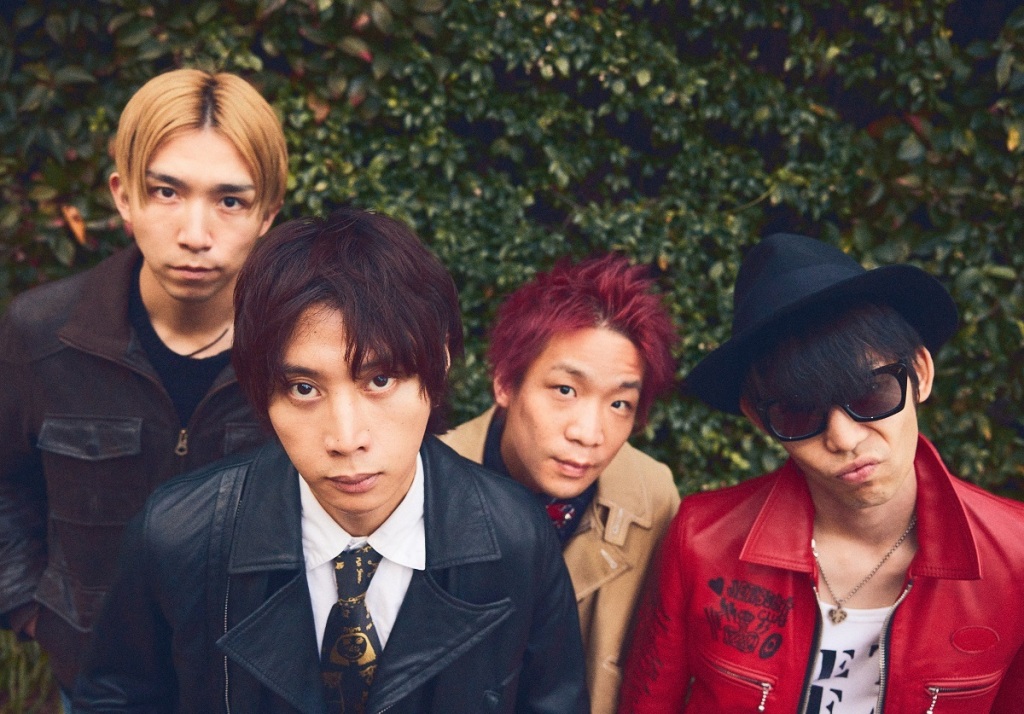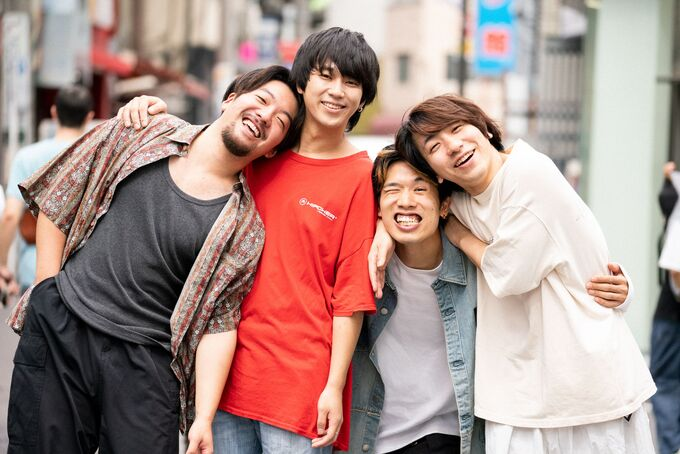One of my favorite bands, Mrs. Green Apple, released a new single called ‘春愁(しゅんしゅう)’, or ‘Spring Shade’ according to Google. I don’t have much background on the song, but scrolling through the comments, I saw that the vocalist, Motoki Omori, was targeting students in this song. The main appeal of the song, for me, however, was the simplicity of the lyrics, which is extremely rare when it comes to Mrs. Green Apple and their metaphoric EVERYTHING. I asked my Japanese teacher why so many people seemed so moved by the lyrics to this particular song because they were so direct, and she said that it was probably for that very reason. And, given that they’re so easy to follow, I thought it’d be a great post for us!
As usual, I like to focus on the chorus, and I hope that by the end of the post you can sing along!
大嫌いだ
人が大嫌いだ
友達も大嫌いだ
本当は大好きだ
明日が晴れるならそれでいいや
明日が来るのならそれでいいや
The chorus repeats the grammar: I hate…. (〇〇~が 嫌い/ きらい/kee-rah-i)
We add 大 (だい/dai–the same pronunciation as ‘die’ in English) to emphasize it. The kanji literally means ‘big’, so 大嫌い (dai-kee-rai) can be translated to “I really hate/I despise”
Luckily, the grammar structure for “I hate” is identical to “I like”(好き/すき/soo-kee *The ‘oo’ is often omitted for smoother pronunciation, making it sound more like ‘skee’. Both are correct grammatically, however.)
So, for example, if we want to say: I like apples, we can say “りんご が好き” (rin-goh gah skee) or “I hate apples” りんごが嫌い (rin-goh gah kee-rai).
The main function of the article が(gah), is to mark the object of the sentence. Japanese often omits the subject if it’s understood, but to make the understanding of the subject and object a bit more obvious, here’s a full version of “I like apples“:
私は りんごが 好きです”.
(wah-tah-shi ha rin-goh gah skee )
私, which is the subject, is attached to は (pronounced as WAH here), andりんご (apple) the object is attached to が.
However, if this is your first time encountering this grammar, I recommend you simply memorize the structure (~が好き/嫌い), and not so much the parts of the structure. I think this will ultimately help you communicate more effectively as a beginner.
Simply knowing this structure, we already have a gist of this song section. Now, we’ll go over the いいや (ee-ya), which translates to ‘that’s fine’. Now, I’m not completely sure about this, but through context clues and from listening to native speakers, I’ve picked up that ‘いいや’ holds the nuance of ‘Well that’s fine, whatever’. I didn’t even think to ask my teacher for confirmation, but this is the tone I’m getting from the song as a whole.
As you hear more and more Japanese, you’ll hear variants of いい (ee), which means ‘good’. Some examples include いいよ!(it’s okay!) and いいんじゃない?(isn’t it nice?), as well as いいの? (is it okay?). For this reason, I thought it’d be good to also mention いいや.
Next, we’ll go over some vocabulary:
人 ひと hee-toh (person/people)
友達 ともだち toh-moh-dah-chi (friend)
明日 あした ah-shi-tah (tomorrow)
晴れる はれる ha-reh-roo (to be sunny)
来る くる/きたる (in the song, it’s pronounced ‘kee-tah-roo’ (to come)
Now that we have some of the words, let’s try to put this together!
大嫌いだ*(だ/dah is the informal version of です/deh-soo which is the ‘to be’ verb)
I really hate it
人が大嫌いだ
I really hate people
友達も大嫌いだ
I really hate my friends, too.
本当は大好きだ
Really, I love it.
明日が晴れるならそれでいいや
Despite that, it will be sunny
明日が来るのならそれでいいや
Despite that, tomorrow will come
Well, that’s it for talking about likes and dislikes! While I’m not 100% confident on the translation, this is one of the basic structures you should learn as a beginner, so it’s cool that it’s used in a sort of interesting way—more so than in the usual pop song. I’ll definitely be trying this song next time on karaoke!




Leave a comment